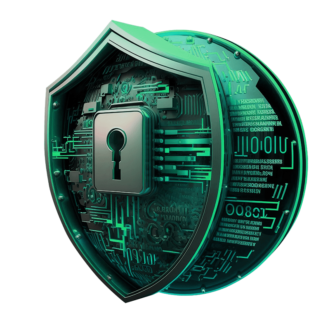
For a long time, cybersecurity was viewed as a necessary evil—a cost center that created roadblocks rather than opportunities. It was often relegated to the IT department, discussed only after a breach, and associated with compliance headaches. But that perception is rapidly changing. Today, cybersecurity is being recognized for what it truly is: a strategic enabler of business growth, innovation, and resilience.
Let’s explain why cybersecurity is no longer just about defense—it’s a driver of success.
Trust has become a priceless commodity in an age of rampant data breaches. Customers are increasingly cautious about who they share their personal data with, and businesses that demonstrate strong security practices can stand out.
By prioritizing cybersecurity, you signal to your customers, partners, and stakeholders that you value their trust. This can lead to:
Innovation requires a secure environment. Whether it’s adopting AI, moving to the cloud, or launching new digital products, none of it works without a strong cybersecurity backbone.
For example, secure cloud solutions enable businesses to streamline operations and enhance customer experiences without fear of data breaches. Similarly, integrating security into product development (DevSecOps) ensures new innovations are “secure by design,” reducing risks and costly rework later.
By embedding cybersecurity into the innovation process, businesses can experiment confidently, knowing they’ve mitigated risks.
Different markets have different rules, especially regarding data protection. Frameworks like GDPR in Europe or CPRA in California require businesses to comply with stringent regulations before they can operate.
Strong cybersecurity practices:
What was once seen as a bureaucratic hurdle is now an opportunity to show that your business is serious about data protection and ready to play on the global stage.
Disruptions—whether from cyberattacks, natural disasters, or technical failures—are inevitable. But businesses with robust cybersecurity frameworks bounce back faster.
Operational resilience means:
When cybersecurity is built into your operations, it doesn’t just prevent downtime; it prepares you to thrive despite disruptions.
Investing in cybersecurity may seem expensive at first, but the long-term savings are undeniable. Consider this: the global average cost of a data breach in 2023 was $4.45 million. On top of that, noncompliance with regulations or poor security practices can lead to skyrocketing insurance premiums—or being denied coverage entirely.
Effective cybersecurity practices:
In the long run, cybersecurity isn’t just a cost; it’s a safeguard for your bottom line.
Cybersecurity isn’t just about tools and technology—it’s about people. Employees are often the first line of defense, and fostering a security-first culture can drastically reduce risks from human error or insider threats.
Here’s how to make it happen:
A workforce that understands and values cybersecurity is one of the best investments a business can make.
Cybersecurity has evolved far beyond its traditional role as a defensive shield. It’s now a critical enabler that supports growth, builds trust, and drives innovation. By aligning cybersecurity with business goals, embedding it into operations, and fostering a culture of security, businesses can unlock its full potential.
Rather than seeing cybersecurity as a cost to minimize, it’s time to view it as a strategic investment—a foundation for resilience, creativity, and sustainable success.
Embrace cybersecurity not as a challenge but as an opportunity to take your business to the next level.
Let me know if this works for your blog or if there are any tweaks you’d like!